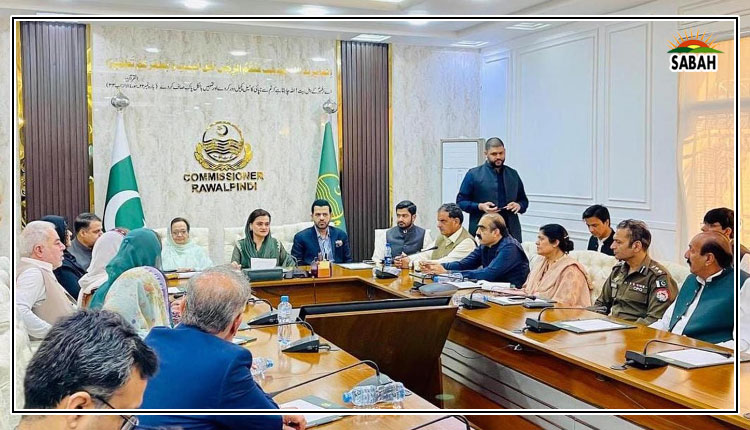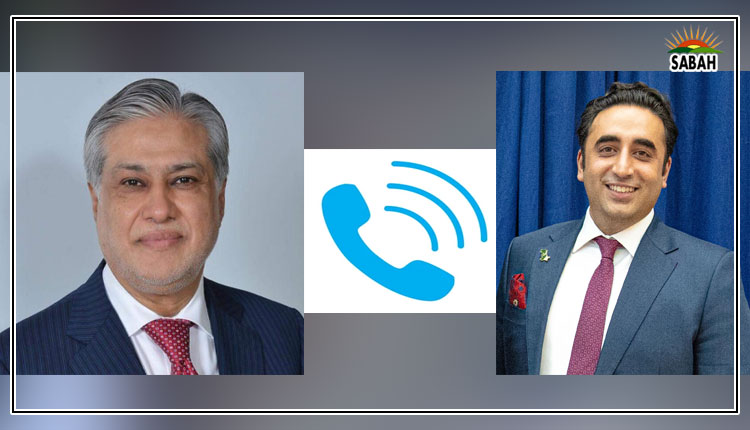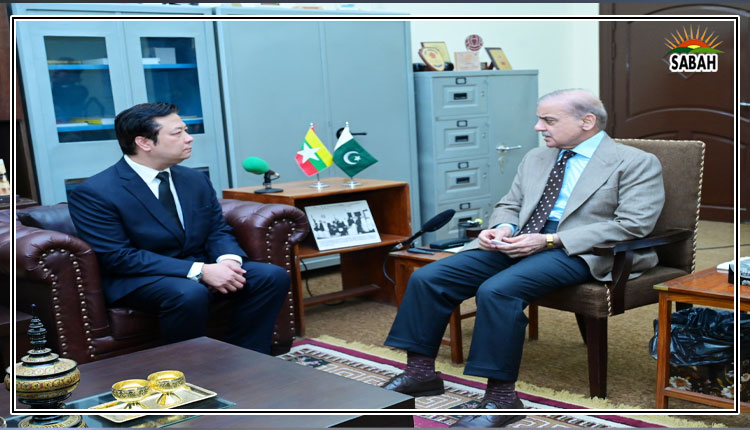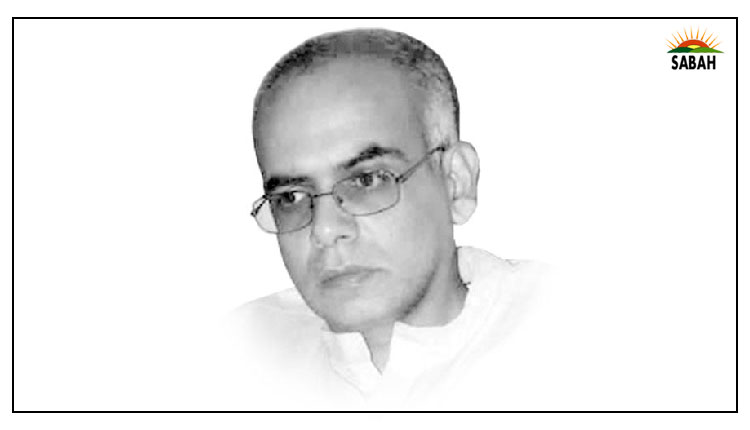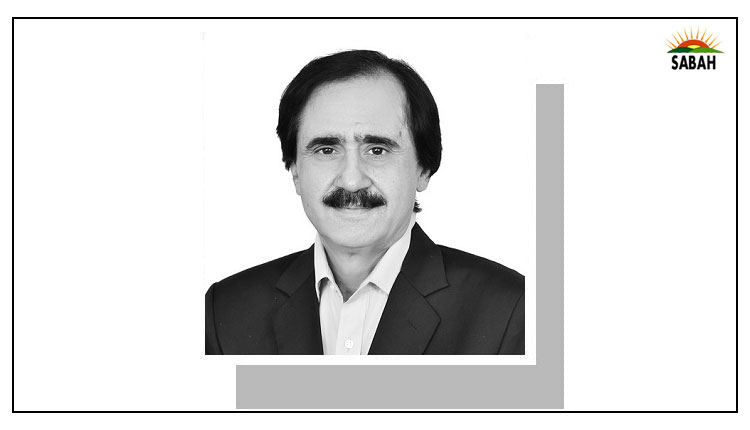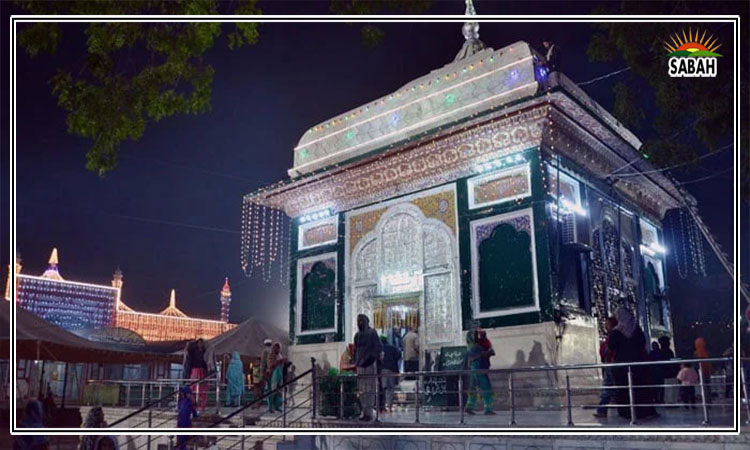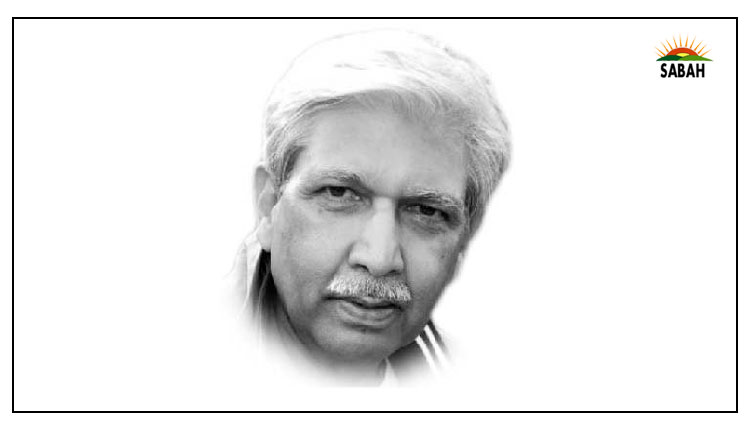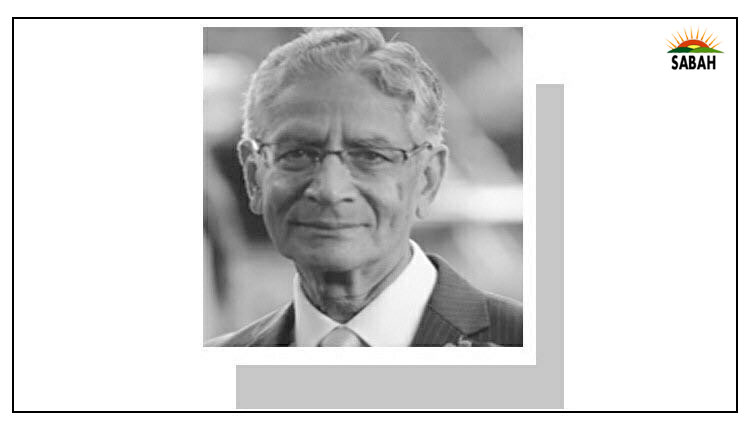Anthems and perceptions…Muhammad Amir Rana
ON Sept 26, 1960, Fidel Castro delivered a historic and defiant speech at the UN General Assembly, but it was not his words that caused the stir. Instead, Castro and his Cuban delegation refused to stand up for the US national anthem during the meeting, a clear symbolic rejection of American influence. This provocative gesture deepened the already strained relations between the US and Cuba, further fuelling Cold War tensions.
In addition to the diplomatic stand-off, Castros delegation faced blatant discrimination when New York hotels refused to accommodate them, forcing the group to find refuge in Harlem, a neighbourhood at the heart of New Yorks Black community.
However, there was no similar backdrop to what the acting Afghan consul general, Muhib Ullah Shakil, did in Peshawar the other day during the National Rehmat-ul-lil-Aalamin (PBUH) Conference, when he did not stand up for the Pakistani national anthem. Afghanistan justified this refusal to stand by arguing that, since the anthem was set to music, it went against their religious beliefs. Just a few days later, a Taliban diplomat repeated the same action at the 38th International Islamic Unity Conference, where Irans president, Masoud Pezeshkian, was also present. Interestingly, Iran is also a state run by the clergy, but its anthem contains music.
Whatever the Talibans justification may have been, such junctures are considered an affront to the national dignity of the hosting state. Apart from the Cuban delegations protest of Americas undignified hospitality and the Cold War background, there are several other examples where actions disrupting or going against flag hoisting or anthems of nations have had wider implications for bilateral ties.
Disputes over national anthems and flags often reflect deeper political tensions.
Diplomatic protocols for national anthems vary by country and occasion, but standard guidelines are generally followed during official ceremonies. These protocols may accommodate religious or cultural sensitivities; for example, diplomats from certain countries might refrain from specific gestures during anthems due to religious customs, and host nations usually respect such practices as long as it is communicated in advance.
It is certain that, at least in Pakistan, the Taliban diplomats had not conveyed their reservations to Pakistani officials. Otherwise, Pakistans Foreign Office would not have been provoked into giving a strong response to the undiplomatic gesture.
Afghanistans internal crisis is evident in its national symbols, despite the Talibans claims of peace in the country. National symbols unite people by creating an emotional bond among citizens. When these symbols fail to serve the purpose, a clear disarray within the citizenry becomes apparent. The ongoing dispute over the flag and anthem highlights the deep divisions between Afghanistans political factions and the struggle over the countrys identity, governance, and future direction.
When the Taliban took over Afghanistan in 2021, they replaced the national flag and anthem. The Taliban anthem, which lacks instrumental accompaniments, challenges singers to create a musical impact solely through their voices. Despite these changes, the Talibans flag and anthem are not widely recognised internationally, nor are they accepted by a large segment of the Afghan population, who still favour the pre-Taliban flag and anthem. The old Afghan anthem is still used at international sporting events, particularly in cricket, and Afghan players wholeheartedly respect it.
The Talibans anthem, This is the Home of the Brave, resembles a war song, with a tone often used by jihadist groups in their motivational music. In contrast, the pre-Taliban anthem was created by Article 20 of Afghanistans constitution, which mandated that the anthem include the names of the countrys various ethnic groups and the phrase Allahu Akbar.
This was an achievement for Afghanistan, a multi-ethnic country that created a consensus anthem in 2006. Kosovo, which declared independence from Serbia in 2008, is facing an anthem crisis because of its ethnic diversity. The country had left its national anthem without lyrics until a national consensus evolved over the words. The Israeli-Palestinian conflict is also an example in which tensions emanating from the two sides anthems are as deeply rooted as the historical, political, ideological, and ethnic differences between them. The Palestinian national anthem, Fidai, and Israels national anthem, Hatikvah, have often caused mutual tensions.
Disputes over national anthems and flags often reflect deeper political tensions, territorial conflicts, or historical grievances between nations. Though symbolic, such incidents can stir nationalist sentiments and lead to diplomatic protests, potentially escalating broader tensions, as seen in the case of Cuba and the US. While international norms and diplomacy typically stress the importance of respecting national symbols, perceived violations can quickly become flashpoints in international relations. These disputes often underscore more profound political or historical divides.
For example, in 2017, China passed a national anthem law after pro-democracy protesters began booing during the Chinese national anthem.
Perhaps Pakistans response to the ostensible disrespect for its anthem by the Taliban diplomat would have been different had the country had good relations with Kabul. After all, Pakistani society is as religious as the Afghans are, and, until 2022, when the Taliban refused to cut ties with the terrorist group TTP, a major segment of the state and society had fallen in love with the Taliban system.
After the Taliban takeover in 2021, a retired general, during an event, warned Pakistani political parties to be ready to face the music when the Taliban become a model for good governance. Pakistans former special envoy to Afghanistan, who recently left his post, was seemingly also influenced by the same perception and believed that the TTP was a Pakistani problem, which could only be addressed through improving the rule of law.
Such simplistic arguments turn more sensitive when compared to the emotionalism attached to national symbols. Indeed, the rule of law is an issue in Pakistan, but it cannot be used to justify the Talibans support for the violent TTP.
The writer is a security analyst.
Published in Dawn, September 22nd, 2024
Courtesy Dawn


